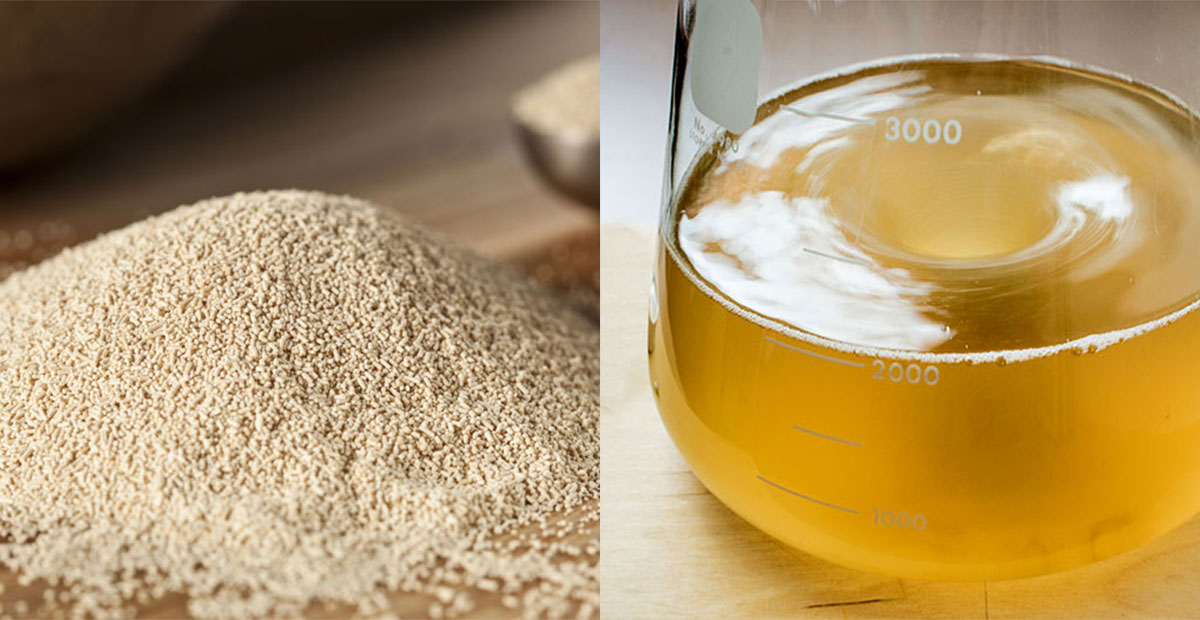Difference Between Liquid Yeast and Dry Yeast
Traditionally, there have been more yeast strains available to homebrewers as liquid strains than dry, so you were able to get a more specific flavor profile from a liquid yeast strain than a dry one. This is changing as more manufacturers are expanding their lines of dry yeast, but more strains from specific brewery origins tend to be available in a liquid form as opposed to a dry form.
Dry yeast can be either sprinkled into the wort (unfermented beer) or rehydrated according to the manufacturer’s instructions. Rehydrating the yeast will generally give a higher viable cell count than sprinkling the yeast into the wort, but no matter how you use the dry yeast, it will generally have a higher cell count for less money than a liquid yeast strain, and this higher cell count can help fermentation go to completion more smoothly.
One of the drawbacks of dry yeast is that there are not as many varieties available. When you want a more specific flavor profile, you can use one of a myriad of strains of yeast available in liquid form. You can add the liquid culture directly to your wort to ferment it into beer. You can also make a yeast starter, which is a small starter batch of wort usually made with malt extract, and add your liquid yeast culture to this in order to increase the cell count before adding, or “pitching,” the yeast into your main batch of wort. Making a yeast starter with dry yeast is generally not recommended, as it is packaged with extra nutrients and is best used dry or rehydrated.
Both liquid and dry yeast have their advantages and disadvantages. To summarize, dry yeast generally has a higher cell count, is cheaper, and can be easier to use. Liquid yeast is generally ready to go out of the package, but depending on how strong of a beer you are making, you might want to use two packets, or make a yeast starter. However, liquid yeast tends to have more variety, and you can get a more specific flavor profile or find a yeast that had purported origins from a specific brewery if that is what you are looking for. Both will make beer in the end, but it is a matter of what kind of specific beer you are trying to make.
Cheers!
Wes
This writeup originally appeared at Porch.com. Make sure to checkout the original article!



